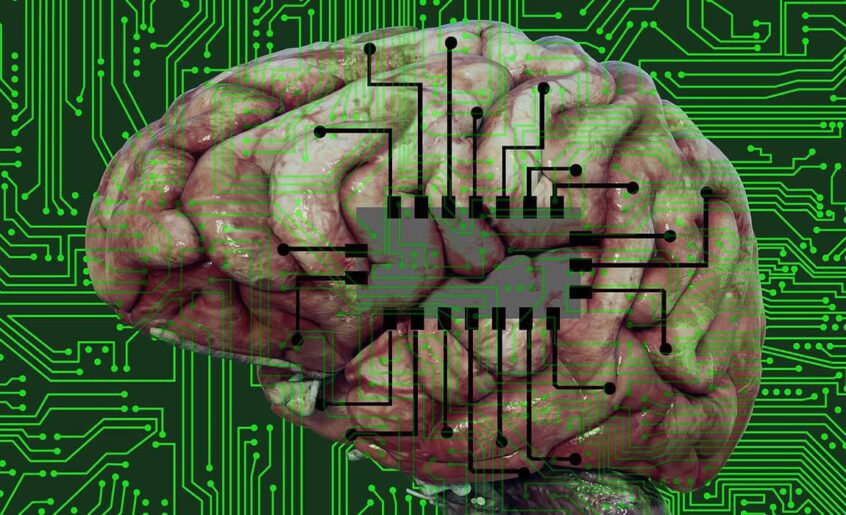Stimulation of the hippocampus with electrodes allowed increasing the encoding of memories. The development proved to be particularly effective for those who initially had poor memory. The authors of the study suggest that in the future, more advanced versions of the prosthesis could be used for people who have lost their memory as a result of brain injury, aging or degenerative diseases such as Alzheimer’s disease.
“This demonstrates what we can probably do in the future to restore memory,” says Kim Shapiro, a neuroscientist at the University of Birmingham in the United Kingdom who was not involved in the study.
The hippocampus is an important area of the brain for memory: not only does it help us form short-term memories, but it also appears to direct memories to other areas for long-term storage. For more than 10 years, Theodore Berger and Dong Song of the University of Southern California have been working with colleagues to recreate this process.
Their idea is to use brain electrodes to understand the electrical activity patterns produced by encoding memories and then use the same electrodes to reproduce it. Versions of the “memory prosthesis” have been tested on animals and human volunteers.
Memory Implants
Rob Hampson, a neuroscientist at Wake Forest University School of Medicine in North Carolina, and his colleagues tested two versions of the prosthesis among 24 people with epilepsy who were implanted with electrodes, some of whom also had brain injuries.
The first version is called MDM (memory decoding model). It simulates the patterns of electrical activity in the hippocampus that occur naturally during successful memory formation. The MDM model takes the average value for each volunteer and reproduces this pattern with electrical stimulation.
The second prosthesis, MIMO (multi-input, multi-output), more accurately mimics the hippocampus. In a healthy hippocampus, electrical activity flows from one layer to another before spreading to other areas of the brain. The MIMO model is based on studying the pattern of electrical inputs and outputs that correspond to encoding in memory and then mimicking them.
Unique results
To test the models, Hampson and his colleagues asked volunteers to participate in two tests assessing short- and long-term memory.
Volunteers took both rounds of tests twice, once to record from the hippocampus and once to stimulate patterns. Hampson says they were unique in each individual.
At the end, the “memory prosthesis” improved scores on memory tests. Scores were significantly higher if the volunteers received the correct stimulation pattern the first time they were shown the images. Thus, the researchers say, this indicates that the prosthesis helps encode memories.
So far, doctors and scientists have had some success in treating disorders such as Parkinson’s disease simply by affecting the same area of the brain in all people.
A more accurate MIMO model has shown even better results, on average. The greatest improvements were seen in people who had worse memory performance at the beginning of the experiment.
All of the volunteers had their electrodes removed within a couple of weeks, once their doctors had finished investigating their epilepsy. But Song hopes the improvements in their memories will be lasting.
Recovering memories
Song, Hampson and their colleagues, who published their findings in July in Frontiers in Human Neuroscience, hope that one day the prosthesis could be widely used for patients with memory problems.
The electrodes used in the study are about a millimeter wide. To reach the hippocampus, they were implanted deep enough into the brain – about 10 cm deep.
In addition, it remains to be seen how the prosthesis will work in practical life. Is it worth leaving the device on all the time? Do people need to remember life situations such as taking out the trash?
It is also unclear whether it should work all night. It is thought that when we sleep, the hippocampus plays back some of the memories encoded during the day to anchor them in other areas of the brain. So far, Song and colleagues have not assessed how the prosthesis will affect this mechanism.
